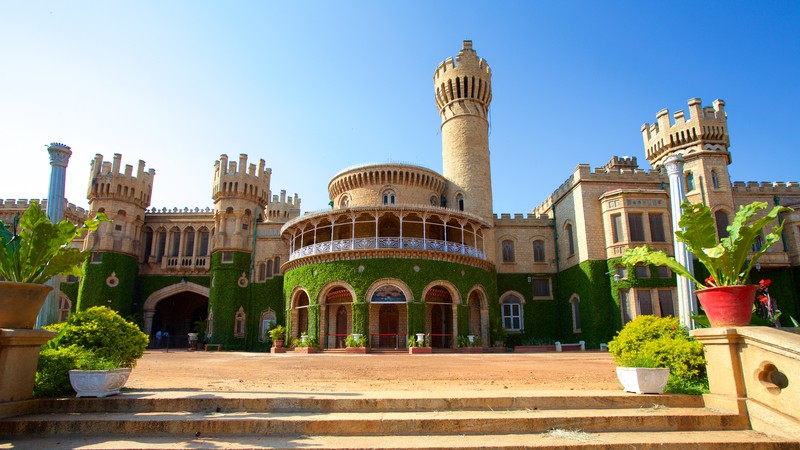ॐ श्री गुरुभ्यो नमः ॐ श्री शिवानन्दाय नमः ॐ श्री चिदानन्दाय नमः
Source of all Images in this Blog-post : Google Images : ‘Google Image Search’ will reveal the multiple sources of every single image shared in this Blog. For more details, kindly see ‘Disclaimer‘
A brief write-up on India’s Majestic Palaces & their grand architecture, is posted right below the following pictures of India’s Ancient & Medieval Palaces.
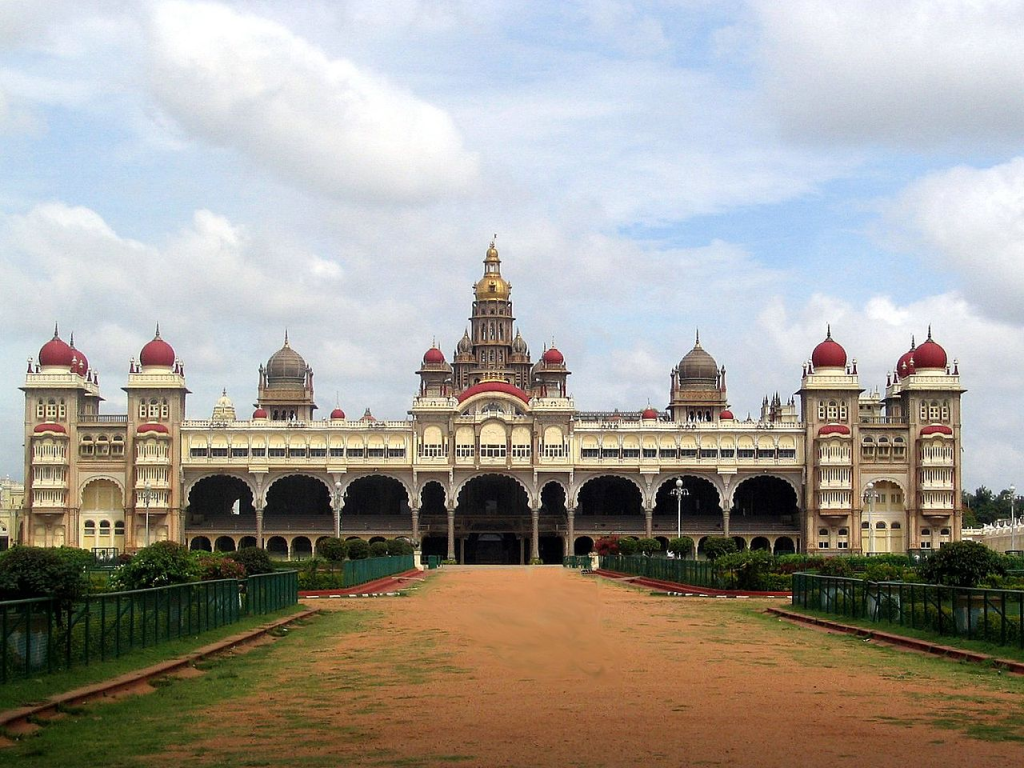
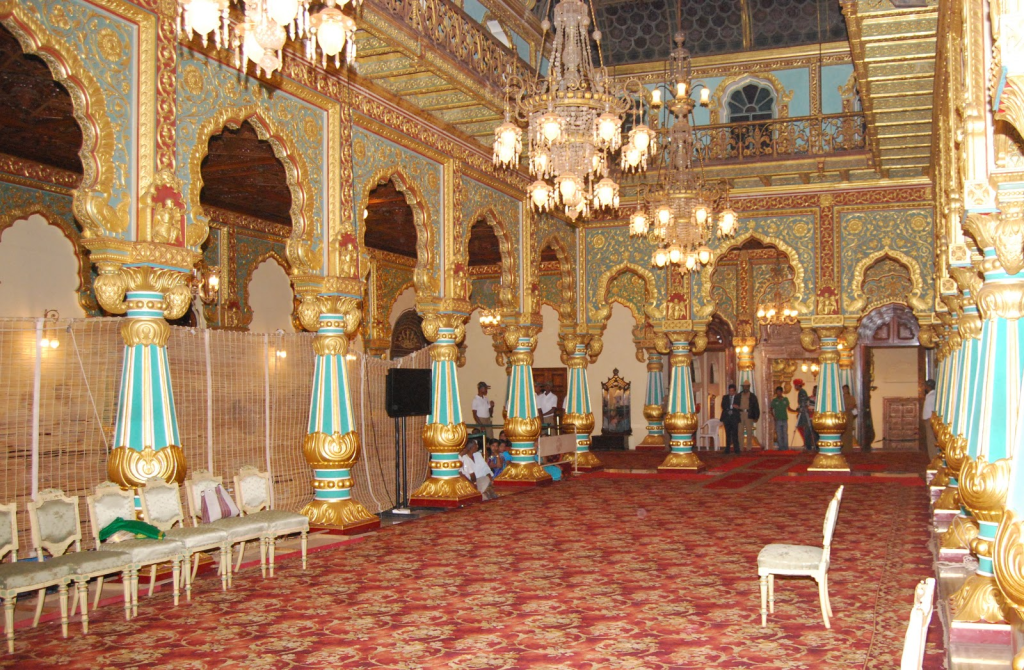
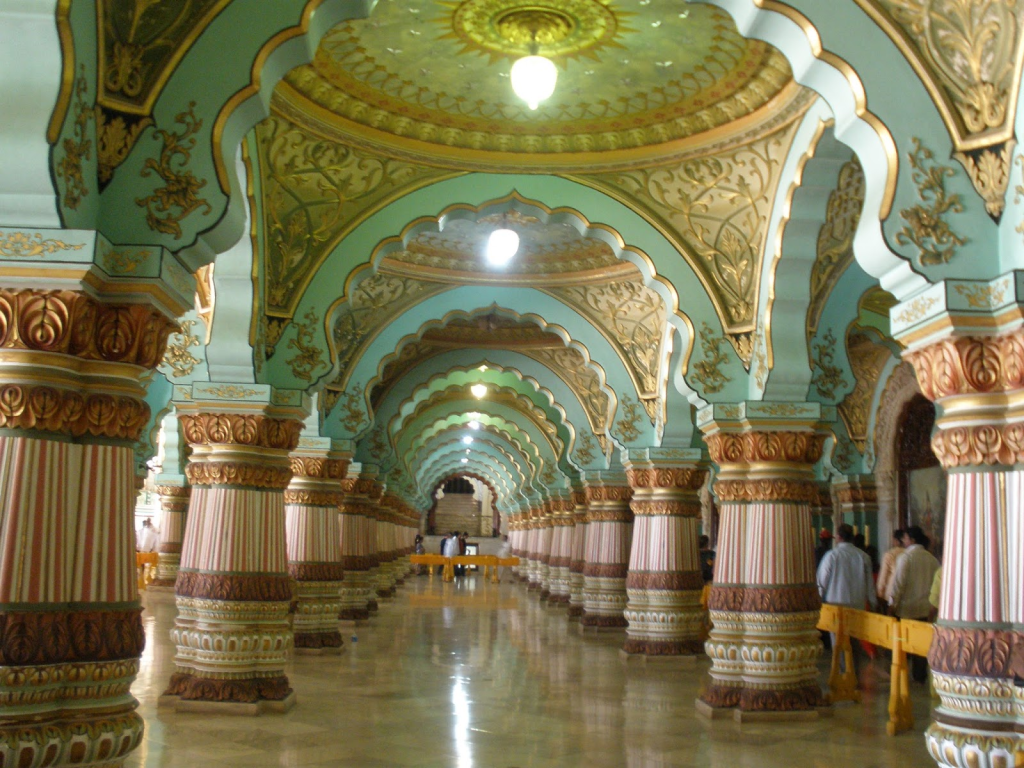


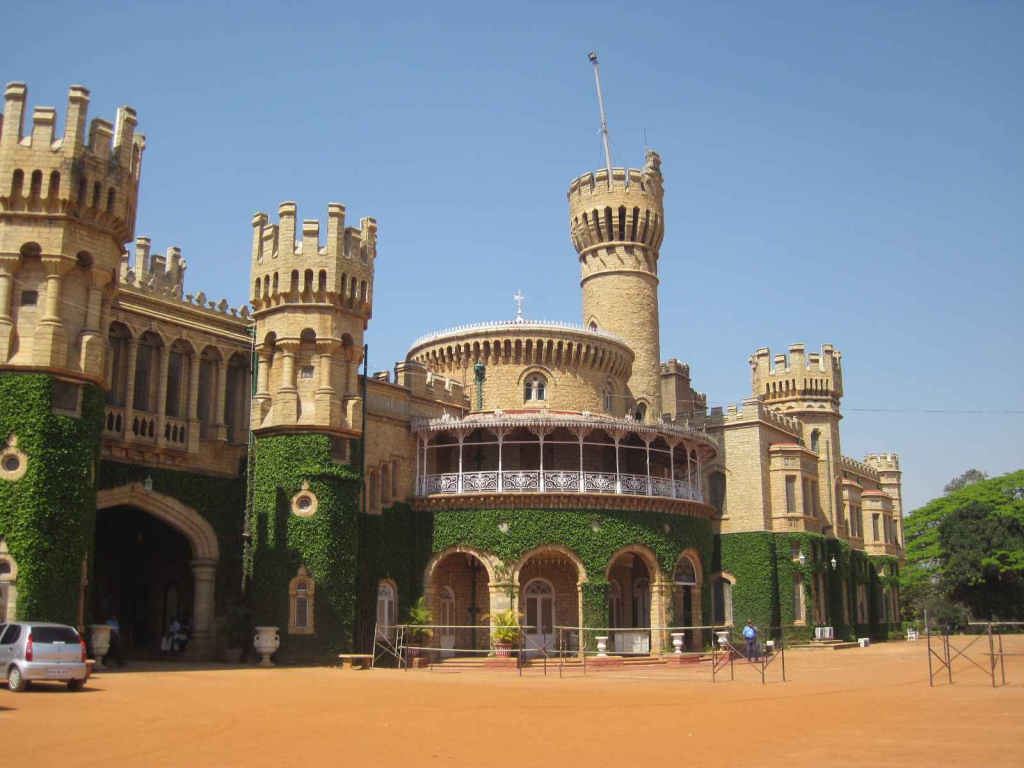






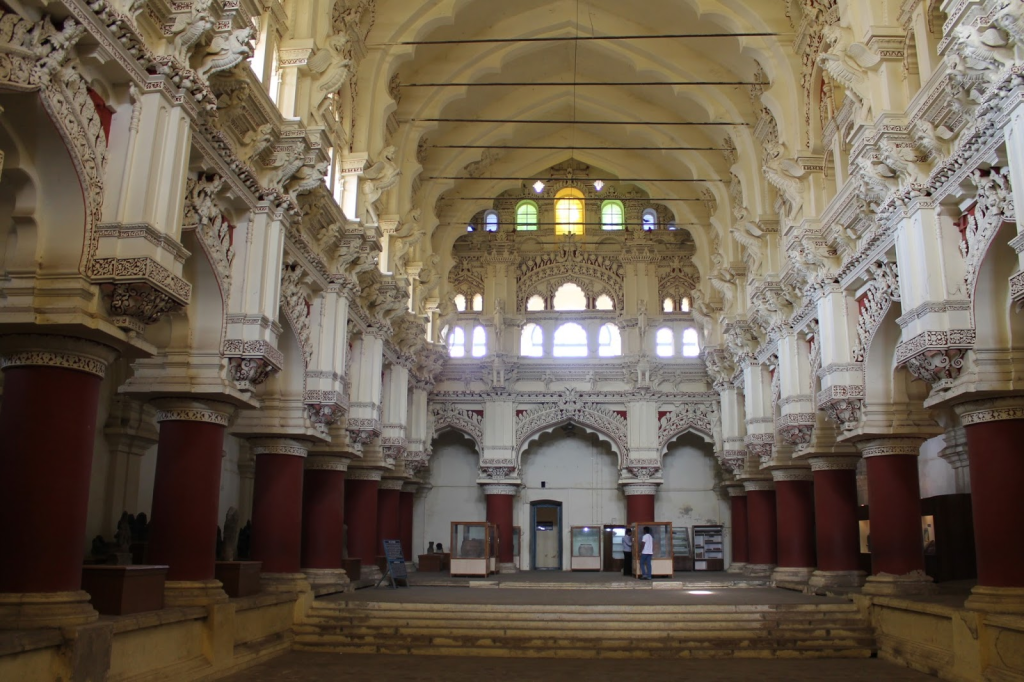



Palaces of Ancient India :
India’s long history is riddled with tales of conquest and domination. Kingly Rajasthan is studded with an outrageous number of magnificent Royal fortresses and awe-inspiring Palaces, while Maharashtra, the chivalrous land of Shivaji, is almost as much of a fort as Royal Rajasthan, with several masterpieces all over the State.
And Old Delhi has been a strategic city for several millennia, with an enormously huge number of forts to show off. The rest of the country has its own fair share as well.
One almost can’t go anywhere in India, without stumbling upon the remains of a fallen Ancient Empire.
Today the artfully constructed relics & forts are supremely serene, but still proudly standing with spectacular views. Here are some of the grand palaces & forts of the medieval India
Mysore Palace :
Among the grandest of India’s royal buildings, this fantastic Palace was the former seat of the Wodeyar Maharajas.
The old Palace caught fire in 1897; the one we see now was completed in 1912 by English architect Henry Irwin.
The interiors of this Indo-Saracenic architectural marvel are lavish and undoubtedly top-notch, with amazingly beautiful carved wooden doors, artistic mosaic floors and a series of paintings depicting the life in Mysore, during the British period in India.
There are fine collections of sculptures and artifacts displayed in the Palace; not to forget the Armoury, with an intriguing collection of 700-plus weapons.
Agra Fort :
With the Taj Mahal overshadowing it, one can easily forget that Agra has one of the finest Mughal forts in India. Construction of the massive red-sandstone fort, on the banks of the Holy River Yamuna, was started by the Mughal Emperor Akbar in 1565.
Further additions were made, particularly by his grandson Shah Jahan, using his favorite building material – white marble.
The grand Fort was built primarily as a military structure, but the Mughal Emperor Shah Jahan transformed it into an amazingly beautiful Palace, and later the same Palace (Fort) became his prison for eight years, after his ambitious son Aurangzeb seized power of the Mughal Empire in 1658.
The Holy Yamuna River originally flowed along the straight eastern edge of the Fort, and the Mughal Emperors had their own bathing Ghats here.
It contains a maze of buildings, forming a city within a city, including vast underground sections, though many of the structures were destroyed over the years by Nadir Shah, the Marathas, the Jats and finally the British, who used the Fort as a garrison.
Even today, much of the Fort is used by the Indian Military and so is not reachable to the general public.
Continuing South, the huge red-sandstone Jehangir’s Palace was probably built by the Mughal Emperor Akbar for his son Jehangir. The Palace blends both Indian and Central Asian architectural styles, reminding us of the Great Mughals’ Afghani cultural roots.
City Palace Udaipur :
Surmounted by Balconies, Towers and Cupolas towering over the lake, the imposing City Palace of Udaipur is Rajasthan’s largest Palace.
Construction began in 1599 by Maharana Udai Singh II, the city’s founder, and it later became a conglomeration of structures, including 11 separate smaller Palaces, built and extended by various Maharanas, though it still managed to retain a surprising uniformity of design.
Umaid Bhawan Palace, Jodhpur :
The grand Umaid Bhavan Palace of Jodhpur in India, is one of India’s most imposing and recent Palaces. Umaid Bhavan Palacewas built by Maharaja Umaid Singh of Rajasthan, and is named after him only.
He utilized the services of a well-known Edwardian architect, Henry Vaughan Lanchester for the construction of this Palace. The grand Palace has three hundred and forty-seven rooms.
Umaid Bhawan Palace was actually built for the welfare of the local people of Rajasthan.
The purpose was to give employment to the people of Jodhpur during a long period of drought and famine. Another special feature of the Palace is the use of a special type of sandstone, called Chittar sandstone, giving it a very special look. Umaid Bhavan is a fine example of Indo-Saracenic architecture.
Over three thousand artisans were employed in the construction of this Royal Palace.
A part of this Palace was converted into a Heritage Hotel in 1977. The Palace is now segmented into the ‘Royal Residence’, the ‘Heritage Hotel‘ and the Museum.
In a part of the Palace the present-day Royal family of Jodhpur still lives. In another part of the Palace, is a well-maintained Museum.
Umaid Bhawan is one of the world’s largest private residences today. A part of the magnificent Palace is managed as a Heritage Hotel today, by the Taj Group of Hotels of India.
Bangalore Palace
The Bangalore Palace is an imperial remnant of the bygone era. Located in Bangalore, India, this palace was built by Chamaraja Wodeyar, Maharaja of Mysore in 1887.
Chamaraja Wodeyar visited England and was greatly inspired by the Windsor Castle in London. Keeping the Tudor style architecture of the Windsor Castle in mind Wodeyar built Bangalore Palace in India along similar lines.
Surrounded by beautiful gardens the Palace has towers with gothic windows, battlements and turrets. It is largely constructed of wood. It’s well known for its wood carvings and paintings.
The wonderful door panel at the entrance leads to grand interiors of the palace. Situated in the heart of the city, between Jayamahal and Sadashivanagar areas, this Palace is spread over 430 acres.
The interiors of the Palace have sophisticatedly carved woodwork, breathtaking floral motifs, cornices and beautiful relief paintings on its ceilings. However, the entry to the Palace is restricted & you may just marvel at the exteriors of the monument.
Today the Bangalore Palace belongs to the Mysore royal family and has also undergone many renovations. Various exhibitions, concerts and cultural programs are held in the Palace grounds from time to time.
Thirumala Nayakar Palace, Madurai
Thirumalai Nayak Palace is a 17th-century palace erected in 1636 AD by King Thirumalai Nayak, a king of Madurai’s Nayaka dynasty who ruled Madurai from 1623–1659, in India.
This Palace is a classic fusion of Dravidian and Rajput styles. The building, which can be seen today, was the main Palace, in which the king lived.
The original Palace Complex was four times bigger than the present structure. In its heyday, Tirumalai Nayak Palace at Madurai was considered to be one of the wonders of the South. This palace is situated 2 km southeast of the Meenakshi Amman Temple.
Built in 1636, as a focal point of his capital at Madurai, Thirumalai Nayak intended the palace to be one of the grandest in South India.
The design and architecture are a blend of Dravidian and Islamic styles. The Interior of the palace surpasses many of its Indian contemporaries in scale. The interior is richly decorated whilst the exterior is treated in a more austere style.
